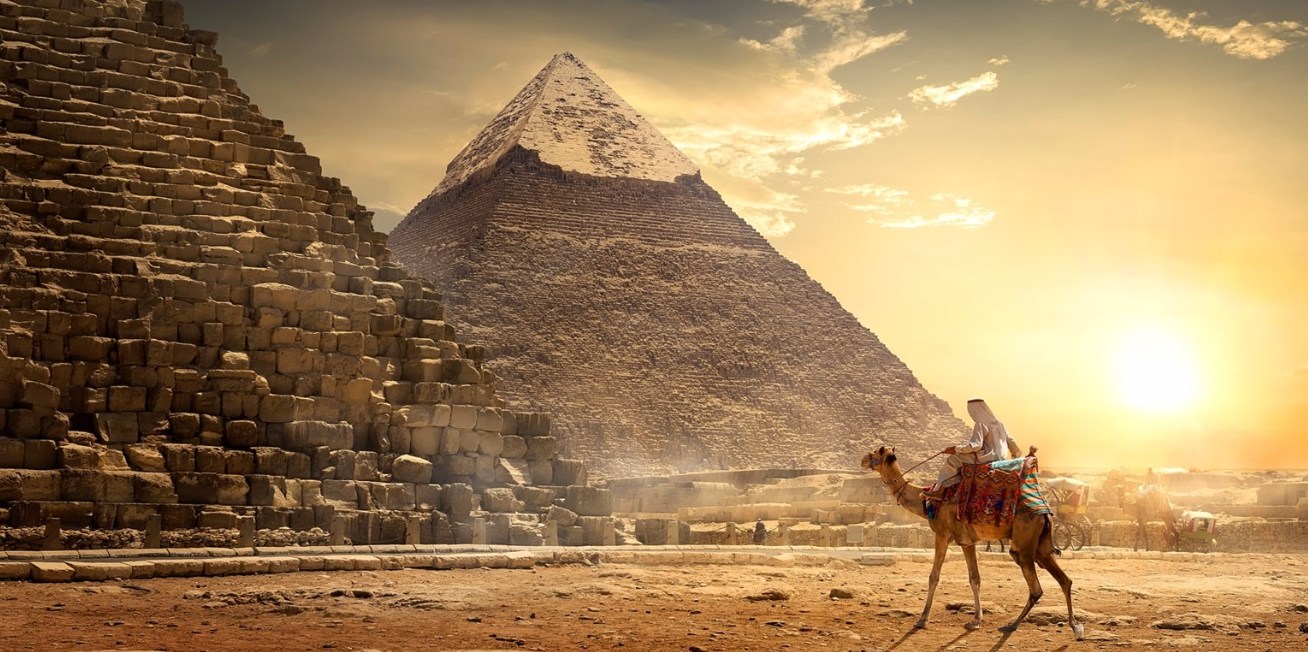
Ancient Sanskrit texts, as well as statements by previous ācāryas have suggested that in bygone ages, many thousands of years ago, Vedic culture was spread across our globe. Such a worldview was heartily rejected by western colonizers and early Indologists at the beginning of the 19th century as myth, or a mere fabrication. However, recent findings in archeology and linguistics indicates something different. Indeed, these discoveries have rocked the very foundation of world history, and even shed new light on the origin of our species, suggesting that civilization began in India and, thru a series of dramatic events, branched out and spread throughout the planet. These stories of Earth’s ancient history have long been forgotten by modern man, but are once again on the ascent.
We first came upon the statement that Vedic culture was once everywhere on our planet while reading the 1st canto of Śrīmad Bhāgavatam wherein numerous sages had gathered at Kurukṣetra for the passing of Grandfather Bhīṣma. One such sage was Trita who is said to have hailed from Europe.
“Trita was one of the three sons of Prajāpati Gautama. He was the third son, and his other two brothers were known as Ekata and Dvita. All the brothers were great sages and strict followers of the principles of religion. By dint of severe penances, they were promoted to Brahmaloka (the planet where Brahmājī lives). #Once Trita Muni fell into a well. He was an organizing worker of many sacrifices, and as one of the great sages he also came to show respect to Bhīṣma at his deathbed. He was one of the seven sages in the Varuṇaloka. He hailed from the Western countries of the world. As such, most probably he belonged to the European countries. At that time the whole world was under one Vedic culture.” (Bhāg. 1.9.6-7, Purport)
#Note: “Once Ekata, Dvita and Trita were stranded in a desert and desperately needed water to quench their increasing thirst. Eventually, they found a well and Trita, after descending and quenching his thirst, brought water to his brothers. After drinking the water, the cruel brothers, pushed Trita into the well and covered it with the wheel of a bullock-cart. Trita prayed to the Aśvini-devatās for help and they appeared and rescued him from the well.” (Mahābhārata)
Numerous times over the years, Srila Prabhupāda mentioned in conversations and lectures that many millennia ago, the world was under one culture - Vedic culture.
“Formerly, five thousand years ago, the whole planet was known as Bhārata-varṣa. The Vedic culture was all over the world. These Europeans and Americans, they are coming of the same stock, Indo-Aryan stock. There is a great history behind this, how some of the kṣatriyas, they left India during the time of Paraśurāma. He declared war against the kṣatriyas and he was incarnation of God. He was killing the kṣatriyas like anything and some of the kṣatriyas fled from India and came to this part of the world. So from historical point of view you Europeans and Americans, you belong to the kṣatriya stock of old India, and somehow or other you have forgotten this Vedic culture. Originally you belonged to this Vedic culture. The Vedic culture was all over the world, even in America—different types of worship or concept of God. The Red Indians also had some religion.” (Lecture, July 25, 1971)
“It is expected, one President or one King in one planet. That was formerly. On this planet there was one king. The Pāṇḍavas, up to Maharaja Parikṣit. Five thousand years ago. One king of the whole world.” One kingdom, one ruling, one culture, Vedic culture. (Conversation Oct. 9, 1976)
“So by historical references, it will be ascertained that the whole, this planet was known as Bhārata-varṣa. What is now India is now known Bhārata-varṣa, but formerly the whole planet was known as Bhārata-varṣa. Formerly, this planet was known as Ilāvṛta-varṣa, but since the time of King Bharata, who also, the forefathers of the Pāṇḍavas, the planet is called Bhārata-varṣa. So everywhere there was Vedic culture. The treasures are still available, and the history of the whole world is called Mahābhārata.” (Lecture May 7, 1973)
“Toya-nīvyāḥ patiṁ means the whole world, not the modern India, a few yards of land, no. The India was governing. India, the king or the emperor of Hastināpura, he was the emperor. #Now, seven seas, seven islands, they are mentioned in the Vedic literature. Seven islands. So the emperor would be emperor of the whole earth and there was everywhere the Vedic culture. Everywhere the Vedic culture was, more or less, principally in that part which is known as India. But in other parts also, the Vedic culture was there. And the Europeans, they belonged to the kṣatriya family, and the Americans also coming from them. Now, in due course of time, five thousand years, there is no history. The modern history can give detail up to three thousand years. They do not know what is beyond three thousand years. But you can get history of the human society for millions of years from Vedic literature.…. It is stated in Śrīmad Bhāgavatam. Everything is there. These rascal scholars, they say that these literatures within 1,500 years or like that. No. That is not accepted by us or our ācāryas. That is not accepted. There are many evidences, Archaeological evidences also.” (Lecture, Dec 16, 1973)
#Note: Bhāgavatam states that previously Bhārata-varṣa/Ilāvṛta-varsa consisted of one land mass, an island surrounded by sea. This is corroborated by modern scientists who say that originally the Earth had but one supercontinent, which they call ‘Pangaea.’ Bhāgavatam further states that King Priyavrata divided the supercontinent into seven smaller continents, as we have today. How did an ancient people, some 5000 years ago when the Bhāgavatam was spoken, know that more than 300 million years ago, there was only one supercontinent on Earth and it was then divided into seven smaller continents?
“Lord Paraśurāma, the incarnation of the Personality of Godhead, appeared in such a state of worldly affairs and killed all the miscreant kings twenty-one times. Many kṣatriya kings fled from India to other parts of the world at that time, and according to the authority of the Mahābhārata, the kings of Egypt originally migrated from India because of Paraśurāma’s program of chastisement.” (Bhāg 2.7.22 Purport)
In addition to Paraśurāma having dispersed kṣatriyas to different parts of the world, there are also references to other personalities doing the same - Mahārāja Sāgara vanquished the Haihayas, the Talajaughas, the Śakas, the Yavanas, Kāmbojas, Pāradas, and Pahlavas. Similarly, Mahārāja Yayāti caused a westward migration of Aryan tribes. From Kerala, the land claimed from the sea by Paraśurāma, the Nambūdiris vanquished the Nāgas who then fled to foreign lands. These events and other are described in authorized Vedic literature, and western researchers are presently taking note of these references as to how the peoples from India spread across our globe.
Śāstra (Purāṇas, Ṛg Veda, Mahābhārata, etc.) and references from ācāryas are sufficient for the faithful, but for the diehard empiricists, physical evidence is required. That too is now in abundance due to extensive archeological research and scientific analysis. Archeology, along with linguistic studies, have revealed many connections between Indian/Vedic culture and the ancient civilizations of the Egyptians, Hittites, Mitanni, Hurrians, Akkadians, Kassites, Sythians, Tartars, Etruscans, Romans, Persians, Śakas, Hūṇas, Kāmbojas, Pahlavas, Bāhlīkas, Ṛṣikas, Inca, Mayan, Yavanas (Greeks), Ugaritic, Mlecchas, Caspians and others. Many of these civilizations from antiquity seem to have appeared as if from nowhere and, after a few centuries, again vanished as if into nowhere. Indeed, a great mystery…
The discoveries of thousands of clay cuneiform tablets in Mesopotamia, Persia and Ugarit, dating back as many as 5,200 years, mention the names of numerous gods, kings and kingdoms corresponding to Sanskrit names. The Mitanni ruled northern Mesopotamia (including Syria) for about 300 years from 1600 BC. Their warriors were called marya, which in Sanskrit means ‘young man.’ Mitanni kings had Sanskrit names such as Paraśukṣatra (‘ruler with axe’). Another clan, the Kassites who lived in Western Iran about 1800 BC, had Indic names and worshipped Sūrya and the Maruts. Mitra, Varuṇa, Indra, Sūrya, Nāsatya (Aśvinis), Soma, Yahvah and Ila are among the 33 Vedic gods found listed in Mesopotamian cuneiform tablets.
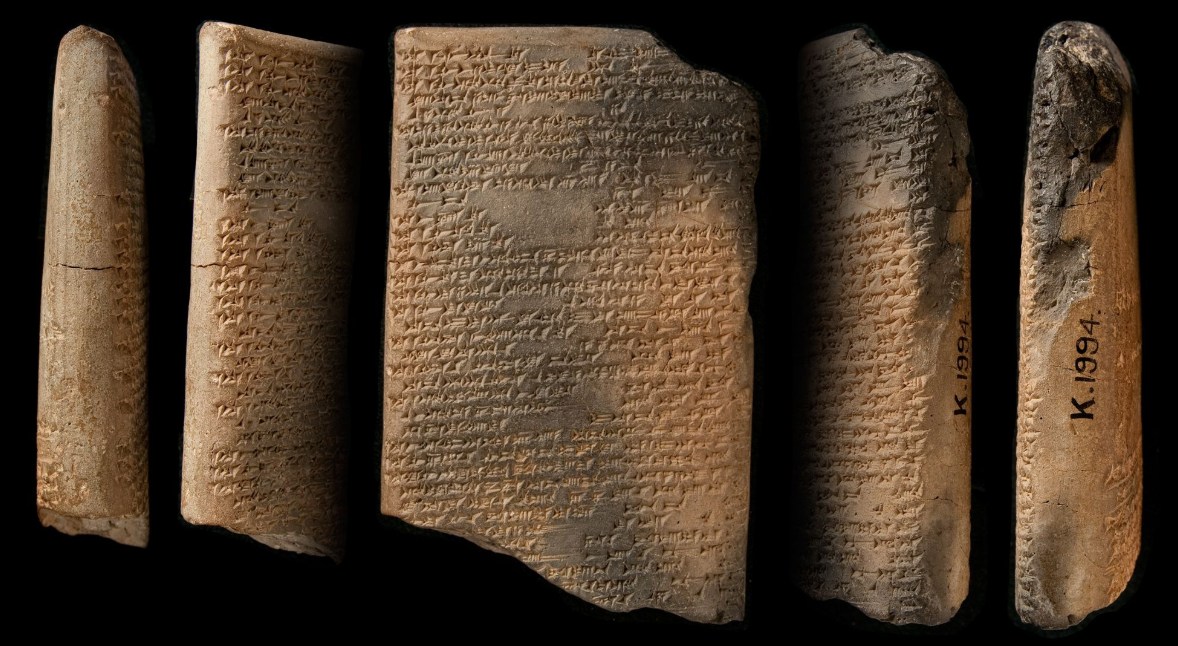
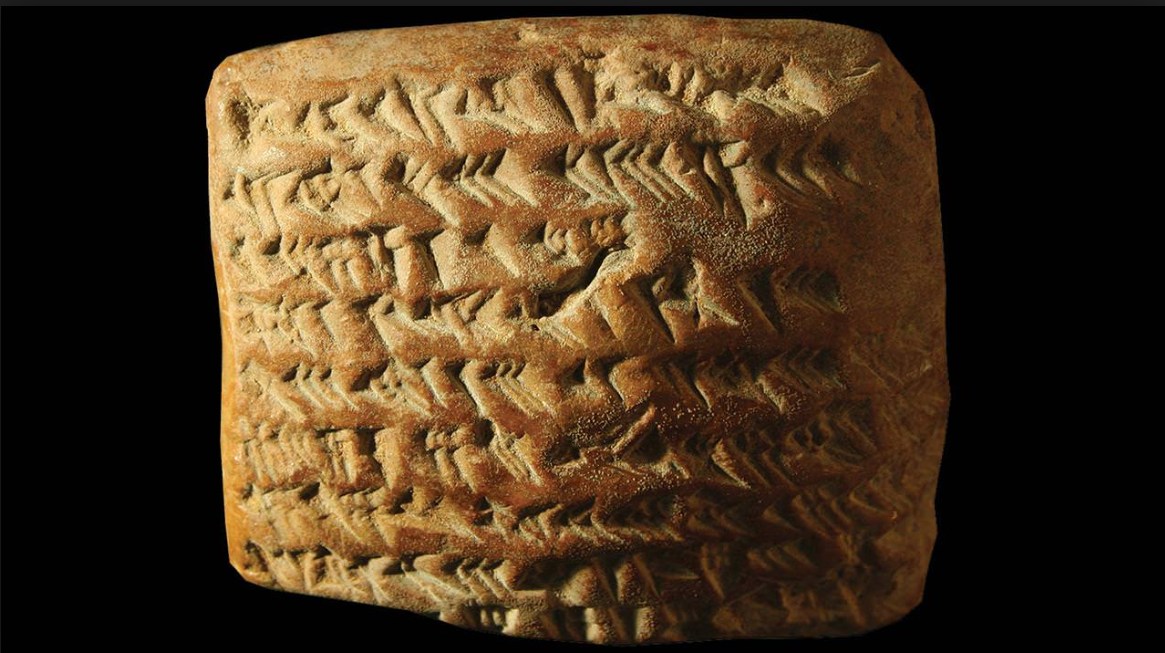
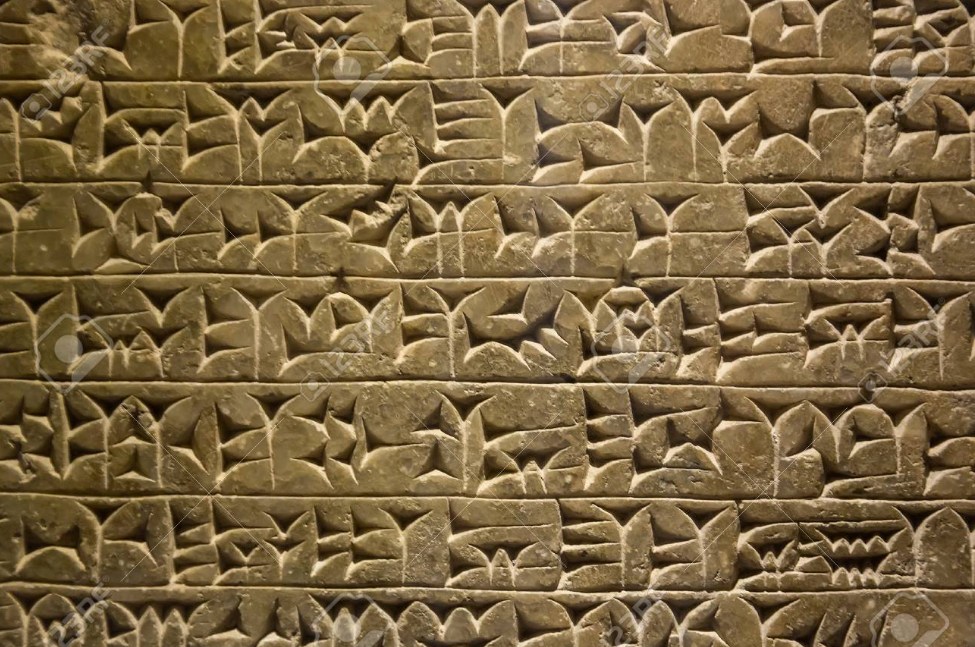
Additionally, the main Semitic gods Yaweh/Jehovah and Allah are said by linguists to be derived from Yahvah (Yaweh / Jehovah) and El (al-Il, or Allah). The Ṛg Veda mentions Yahvah in 21 different hymns. Ila is the deity of the Ṛg Vedicāprī hymns, and in the Yajur Veda represents Agni. The sheer volume of Sanskrit names and terms used by these ancient cultures of the west rules out mere coincidence and demonstrates a definite connection to their Indic/Vedic past.
Many of the names of ancient peoples and their civilizations come to us from the Greeks, but were not what those ancient peoples called themselves. For example, the Persian king Daraya-vahu (from the Sanskrit, dhāra-vasu meaning 'One who holds wealth') was known by the Greeks as Darius. The Persian king Kurush (from the Sanskrit kuru-īśa meaning ‘Lord of the Kurus’) was known to the Greeks as Cyrus. King ’Kshayarsha (from the Sanskrit kṣatry-arśa meaning ‘Who rules righteously’) was known as Xerxes. Arta-Kshayarsha, or ardha-Kṣatryarśa (meaning ‘Son of Kṣatry-arśa’) was known to the Greeks as Artaxerxes.
Even the modern name of India, or the use of the term ‘indic’, is not Vedic, but of Greek origin. In śāstra, India is known as Bhārata-varṣa, and in even earlier times as Ilāvṛta-varṣa. The Greeks called the lands east of the Indus river ‘Indica’ and the English variation became ‘India.’
“By historical references, it will be ascertained that the whole, this planet was known as Bhārata-varṣa. What is now India is now known as Bhārata-varṣa, but formerly the whole planet was known as Bhārata-varṣa. Formerly, this planet was known as Ilāvrta-varṣa, but since the time of King Bharata, who also, the forefathers of the Pāṇḍavas, the planet is called Bhārata-varṣa. So everywhere there was Vedic culture. The treasures are still available, and the history of the whole world is called Mahābhārata. (Lecture May 7, 1973)
Linguistics definitely link ancient cultures together as does what appears to be shared technologies. In the matter of constructing some of the biggest monuments accredited to human ingenuity found around the globe - from India, eastwards to China, westward as far as Egypt and even further to Mexico, Bolivia and Peru in the Americas - there appears to be strong evidence of shared technology, or a shared culture.
In addition to the knowledge of mathematics and geometry required to build the Great Pyramid of Giza, an extremely high level of technology was also required in order to have quarried, transported and assembled the 91,227,778 cu. ft. of stone (weighing 5.9 million tons) - a task unachievable today, even with our so-called advanced technologies. The size of the unfinished obelisk found in the quarry at Aswan weighs an astounding 1200 tons. The ability to quarry such a huge piece of stone would require massive machinery, and to think that the method was slave labor and long man-hours, working with copper chisels and diorite hammer stones (said to be the only tools available to the Egyptians of 2560 BC) is simply unimaginable. Indeed, a superior technology was certainly required and such examples of this advanced technology in the form of diamond-cut saw marks, core drill holes, laser precision and mirror-finish leveling and polishing can be seen in numerous locations in Egypt - not to mention more than 40,000 diorite stone jars of various complex shapes and sizes (impossible to make without high speed lathes and diamond tool technology) that were unearthed at Saqqara. To list here all the traces of advanced technology visible in ancient Egypt would require too many pages.
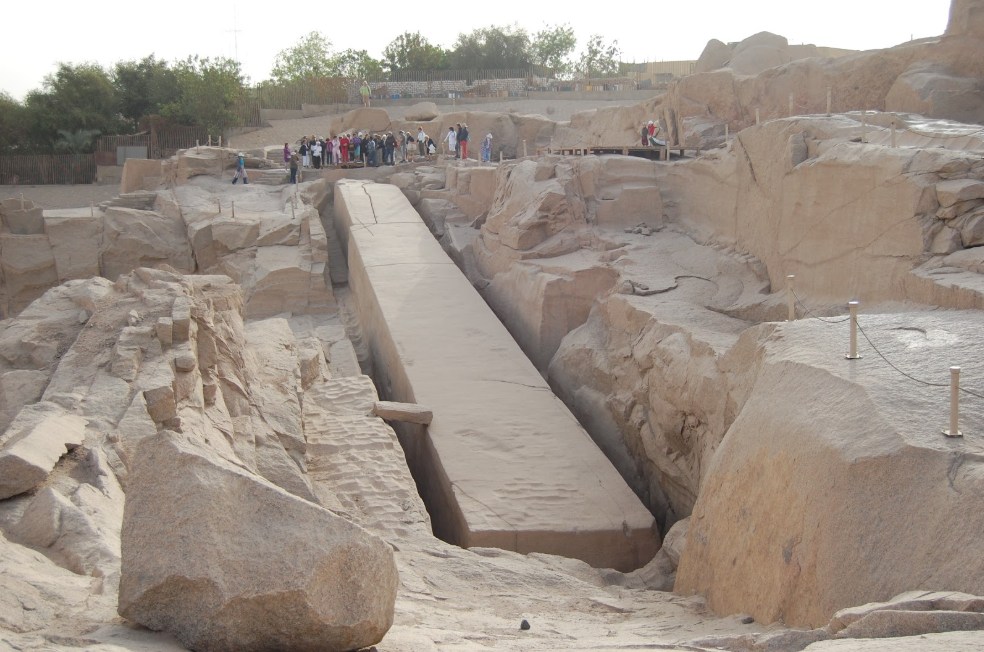
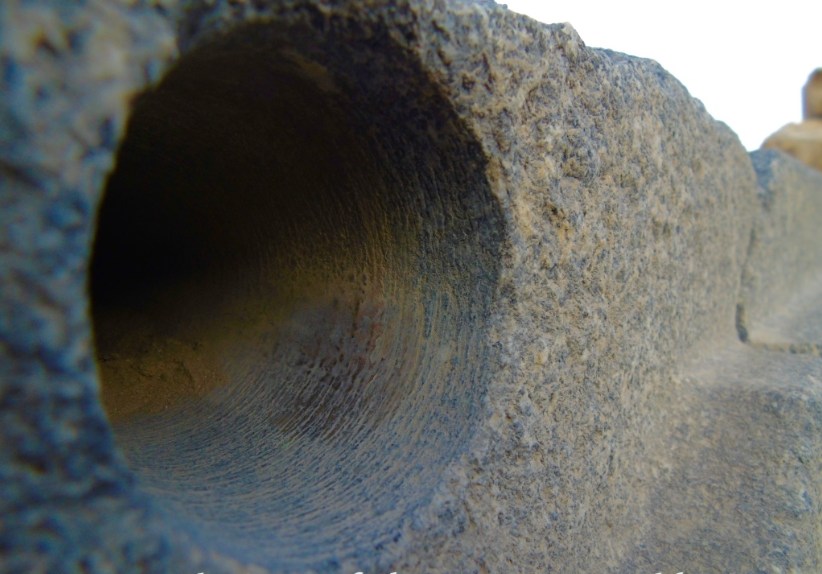
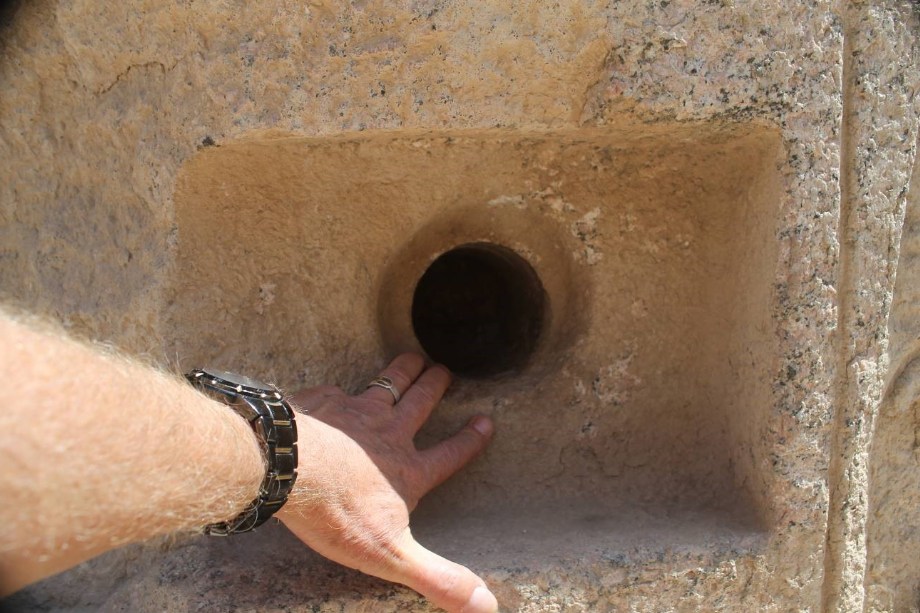
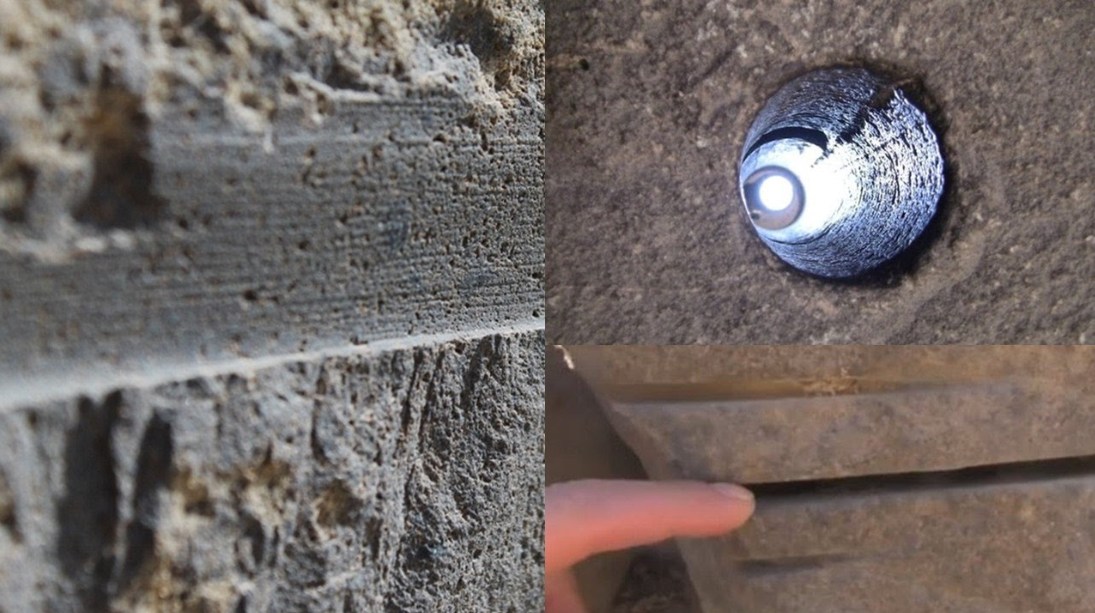
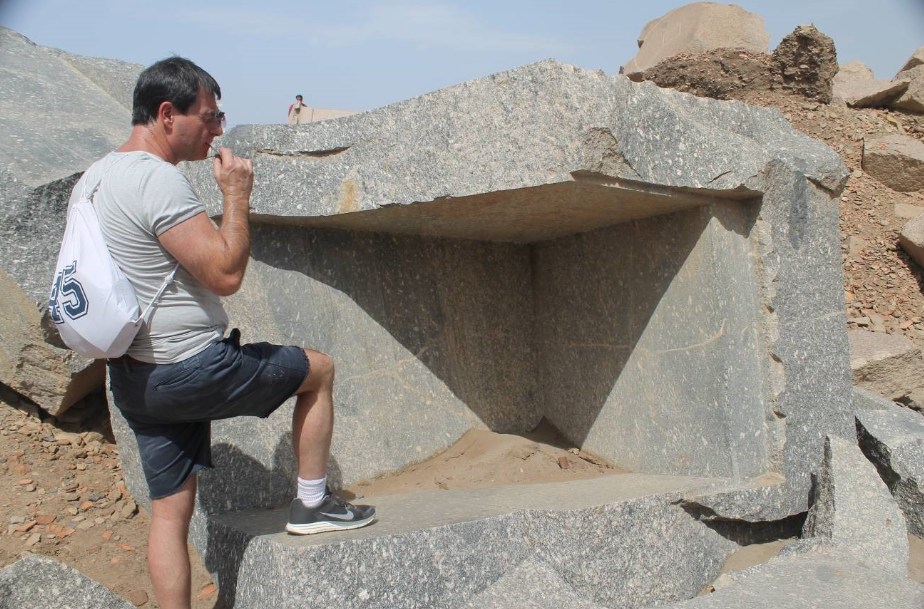


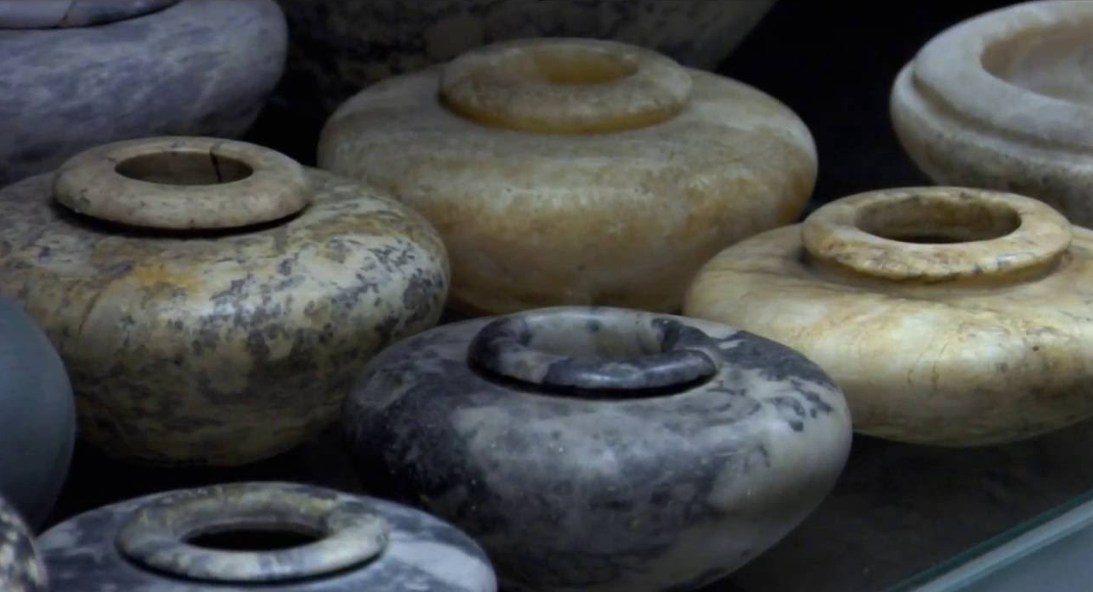
However, Egypt doesn’t have a monopoly on pyramids. Ancient pyramid sites are found in many counties, surprisingly even China and Mexico, both competing for the largest pyramid ever built. The Great Pyramid of Cholula (unfinished and partially destroyed) in Mexico, also known as Tlachihualtepeti, is the largest pyramid in Mesoamerica, with the Sun Temple pyramid in Teotihuacan (fully intact) near Mexico City following as a close second. China however has the biggest pyramid of all - the largest pyramid in the world in land mass, known as the ‘Pyramid of the First Emperor’ in Xi’an Province. The famous Terracotta Army was also found alongside it. Each of these pyramids is an amazing architectural achievement for people in ancient times.
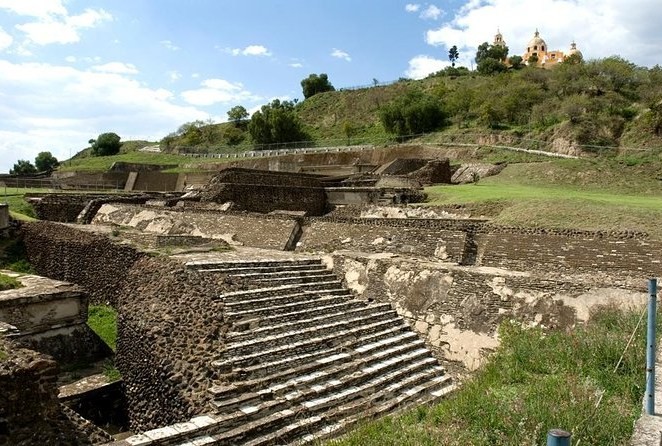
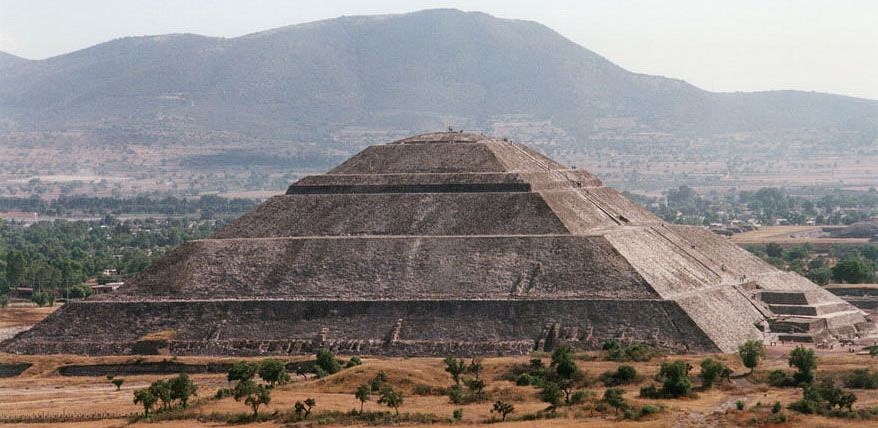
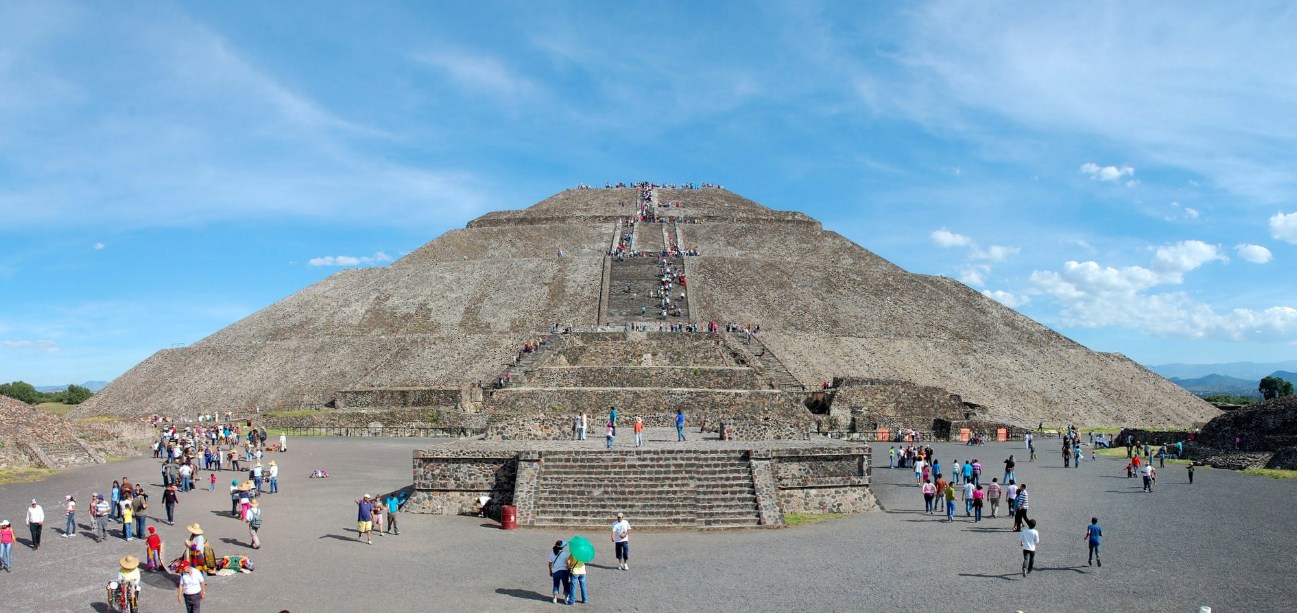
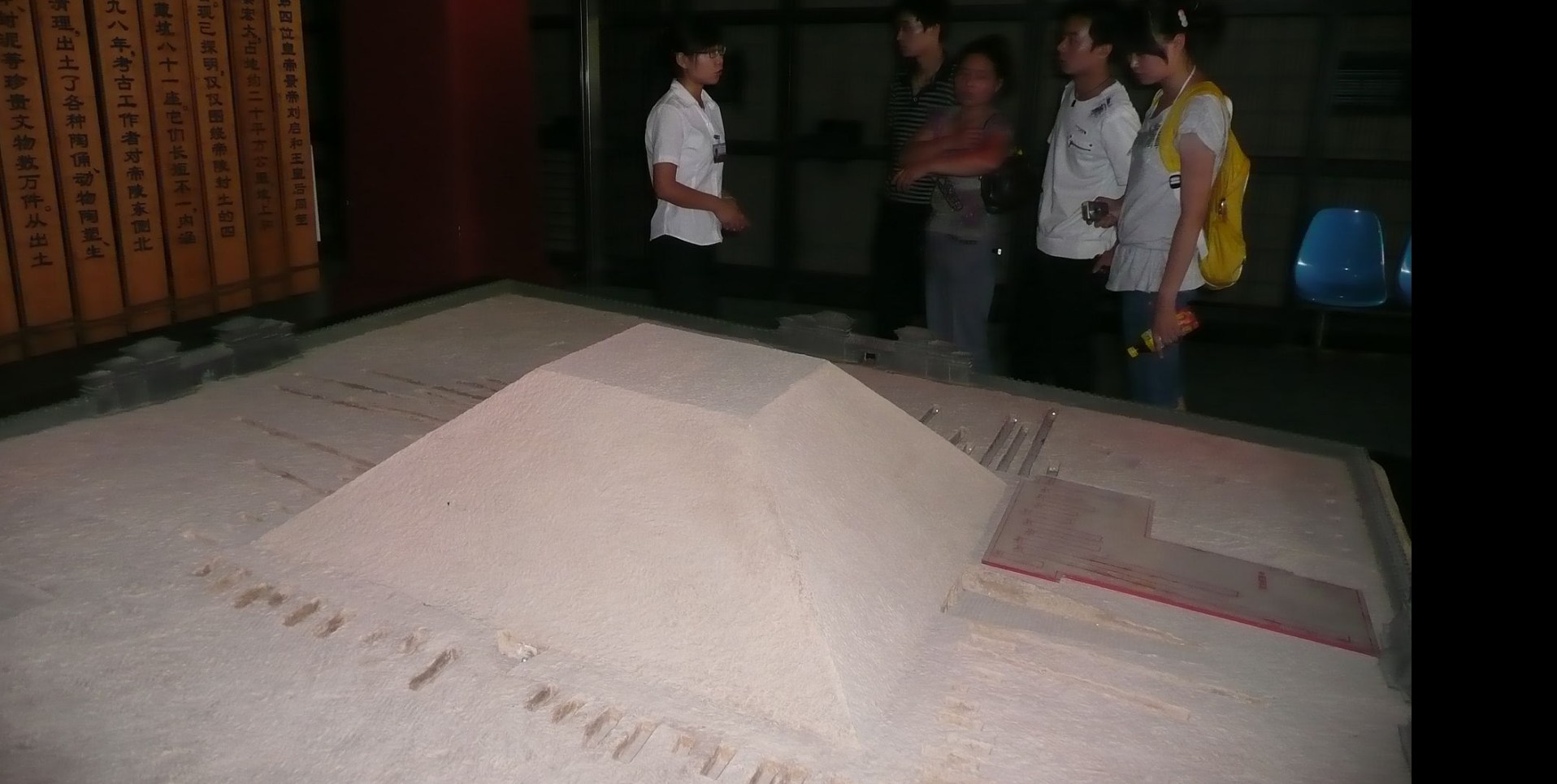
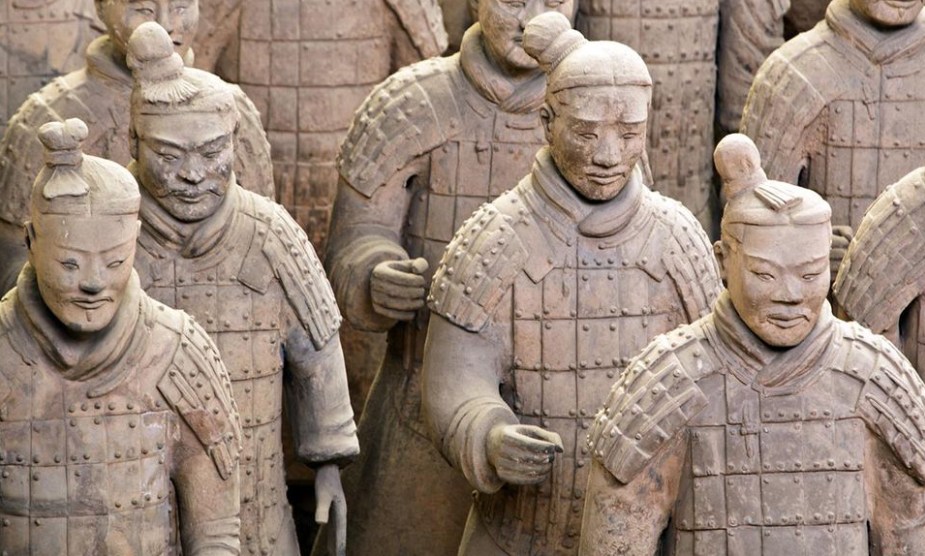
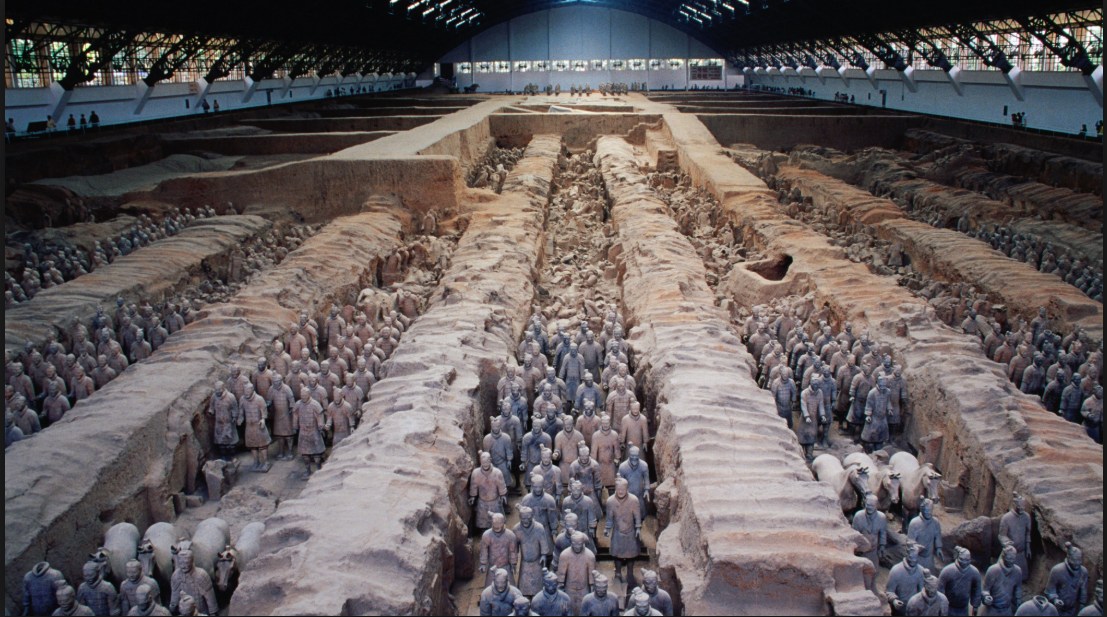
Baalbek in Lebanon is also another shining example of the use of advanced technology at the Temple of Jupiter and the quarry nearby. In 2014 archeologists from the German Archeological Institute discovered what is believed to be the world’s largest stone building block, weighing 1820 tons (64ft X 20ft x 18ft). Similarly, there are numerous stones forming the base of the Temple of Jupiter, weighing an average of 614 tons each. For want of sufficient knowledge, mainstream academics prefer to date the Baalbek constructions to the Roman era, which again is highly unlikely, considering the technology of the Romans 2000 years ago. That the Romans built upon existing foundations at Baalbek is a far more plausible hypothesis.
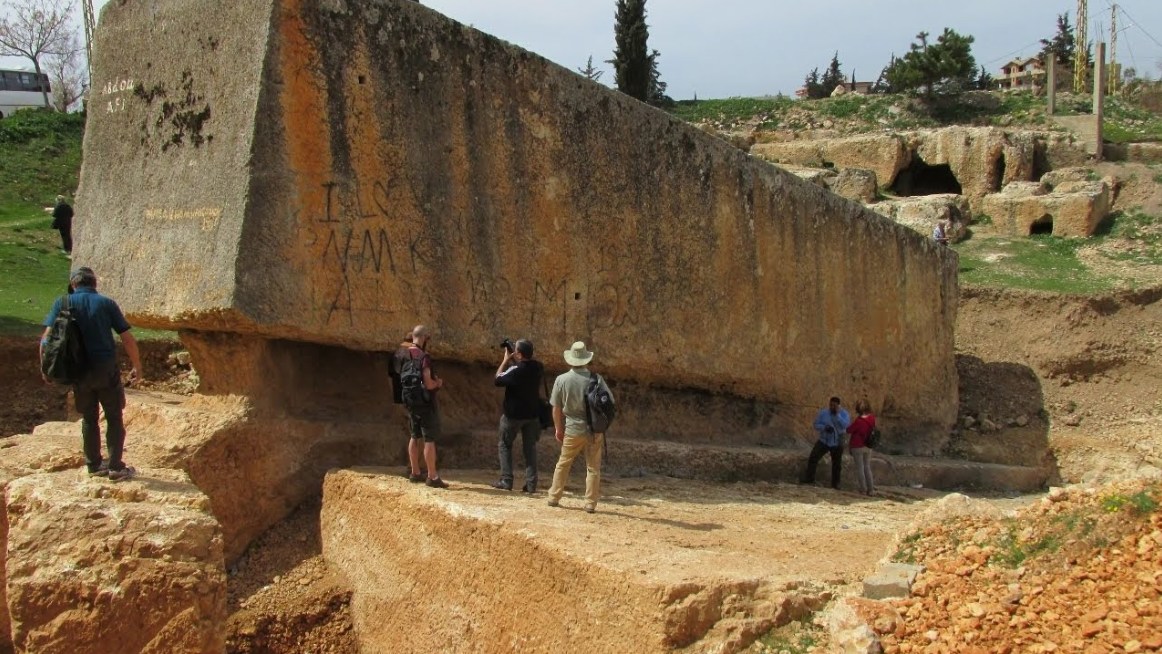
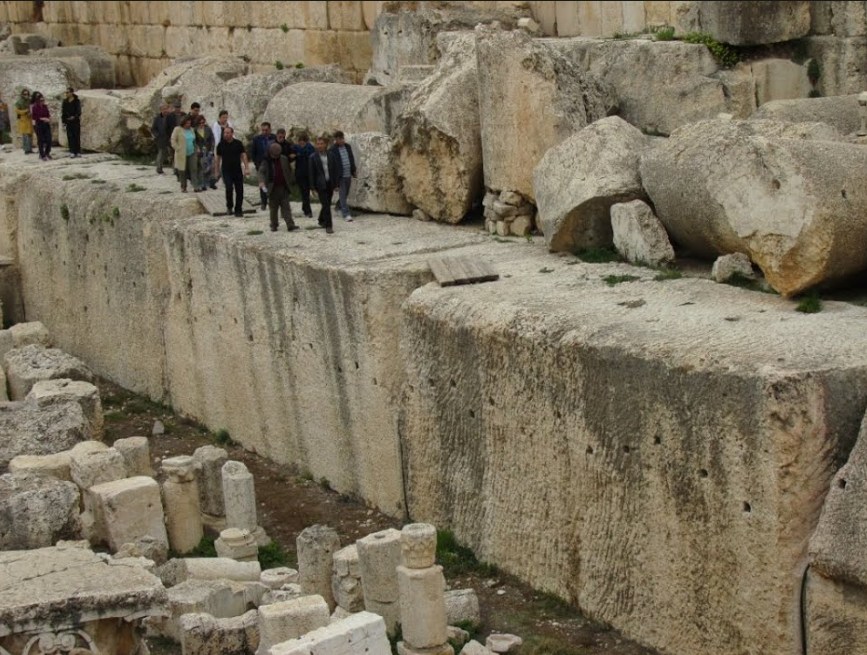
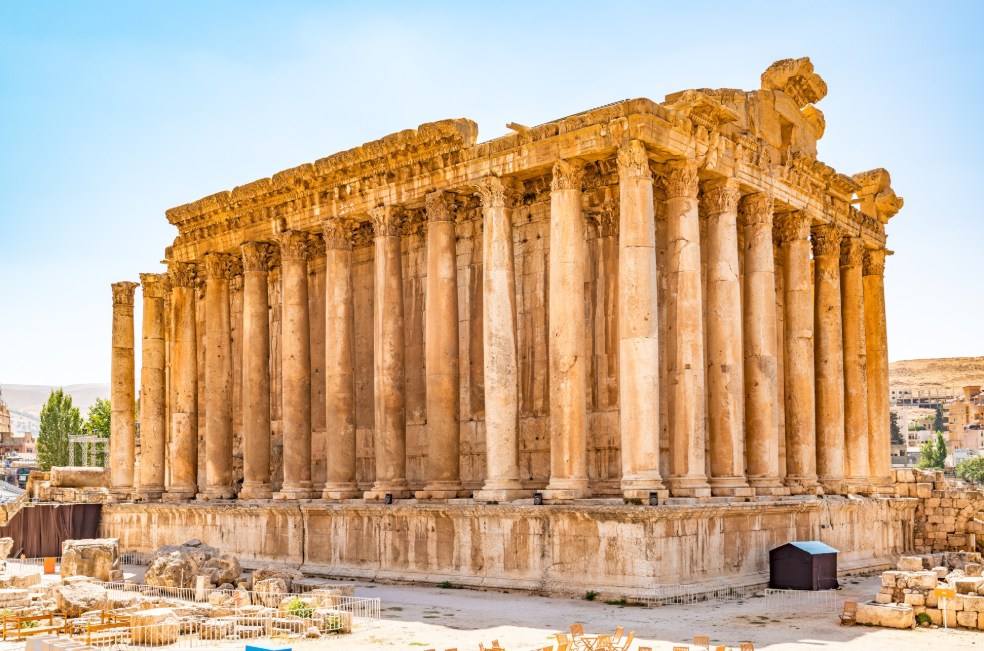
In Turkey, at the excavation site known as Gobekli Tepi, the remains of an advanced civilization have been uncovered, dating back to before the last Ice Age, some 20,000 to 30,000 years before the Egyptians. Archaeologists have determined that advanced knowledge of astronomy and mathematics were required in building the site at Gobekli Tepi. The calculations that were used at Gobekli Tepi only became available to modern man within the last 150 years.
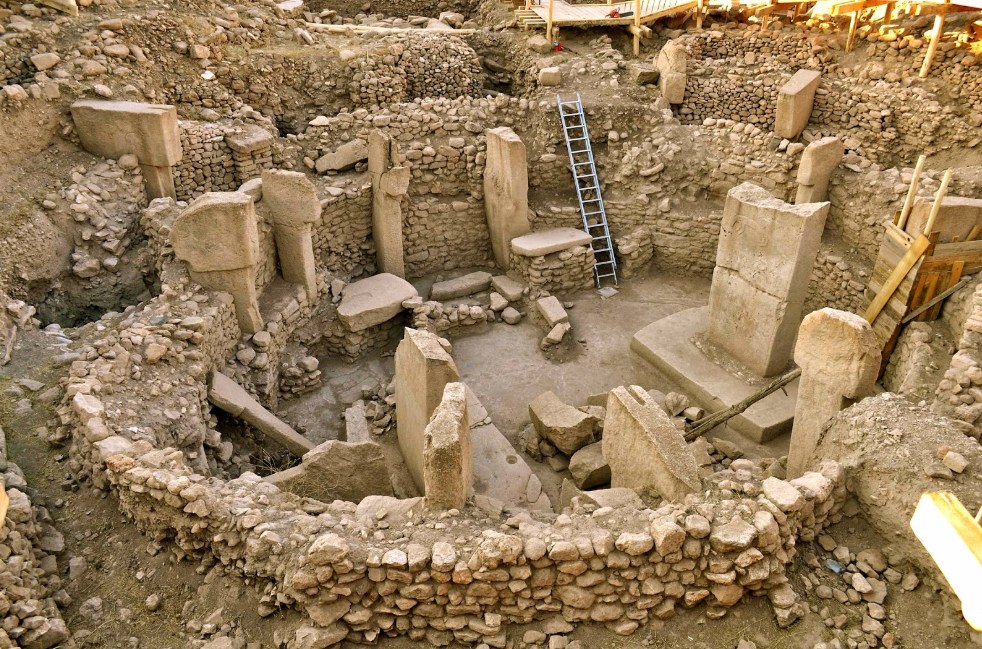
Theories amongst researchers are evolving that a massive extinction event may have occurred across the face of the Earth some 12,000 years ago that literally destroyed (overnight) many advanced civilizations. Contesters for the theory include climate change, plasma storms from the Sun, a comet strike, nuclear war and even alien invasions. At this point nothing is being ruled out - all possibilities are on the table.
The far reaches of the western world are also no strangers to mysterious ruins that must have required highly advanced technology to construct. Peru, Mexico and Bolivia are three of the best examples. Stone works in these three countries leave one lost for words, and bring into question what advanced technology they must have had at their command.
One hypothesis for the shared technology theory may be traced to Vedic literature that makes references to the clan known as the Dānavas. Dānavas were credited as having the powers of magic known as siddhis or yogic-siddhis. In the genealogical list of Dānavas, the name of Māyā is frequently mentioned as a great master of astronomy, architecture and a builder of wonderful, even magical, palaces for the asuras. Some Vedic researchers have shown a direct link between Māyā Dānava and the pre-Mayan, Mayan, Aztec and Inca cultures of Mesoamerica, thru linguistics and ancient architecture found in India.
It is also noted that many different clans, tribes, castes and even species of people that were vanquished by Paraśurāma, Yayāti, Sāgara and others were classified in Vedic culture as asuras. Therefore, it is certainly reasonable to think that Māyā Dānava was indeed the source of the shared technology that we see present in many of the worlds ancient civilizations.
Puma Punku and Tiwanaku in Bolivia, near Lake Titicaca, is perhaps one of the most mysterious places on Earth. The megalithic stone blocks there, weighing as much as 131 tons, and the detail that went into their design, most notably the ‘H-blocks,’ is nothing short of astonishing. Speculations abound, but it is unknown who made them or when, but Puma Punku and Tiwanaku appear to have been destroyed by some sort of ancient cataclysm.
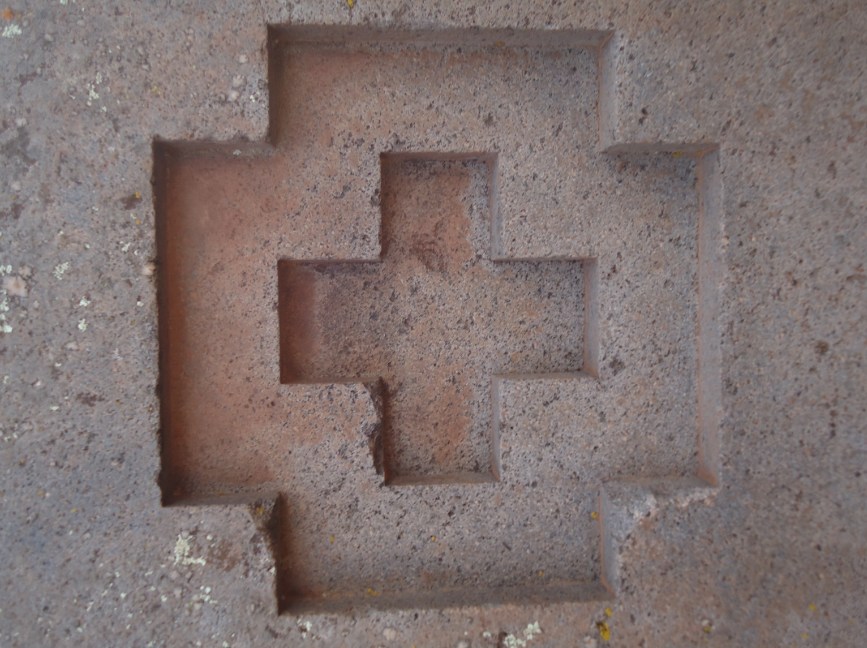
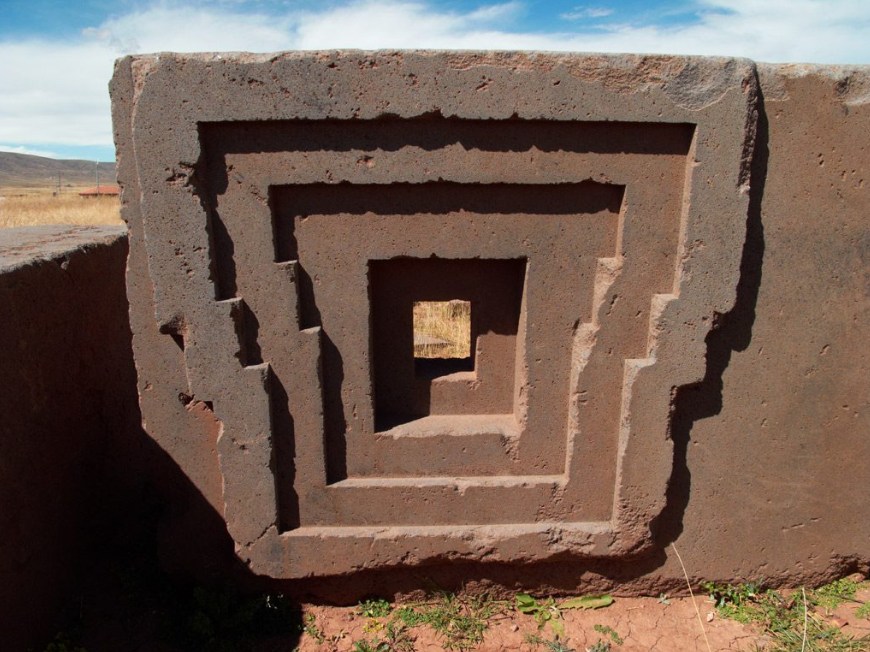
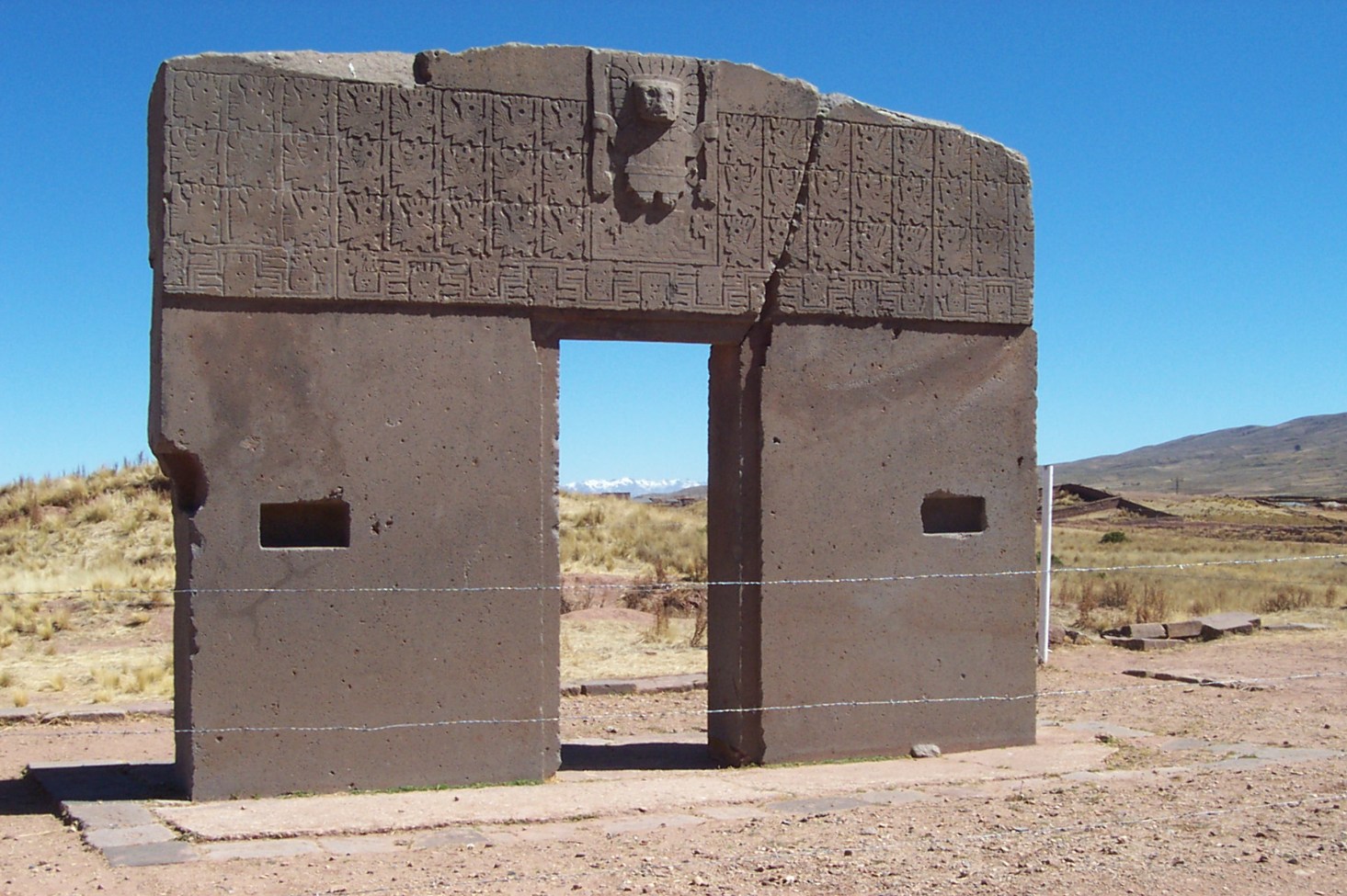
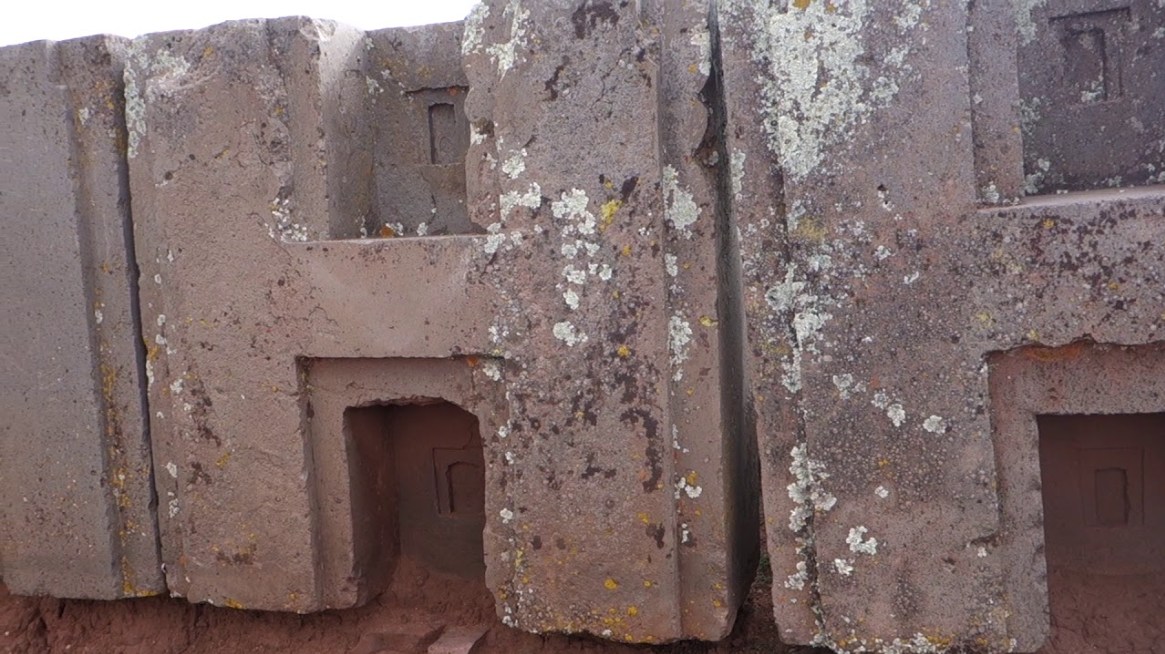
Peru also hosts a list of impressive megalithic sites such as Custco, Sachsayhuaman, Quenqo, Ollantambo (the Temple of the Sun) and Machu Picchu. At each of these locations one finds, not just impressive megalithic stone work, but a quality of work that requires a technology that would be demanding of even the best technology in modern times.
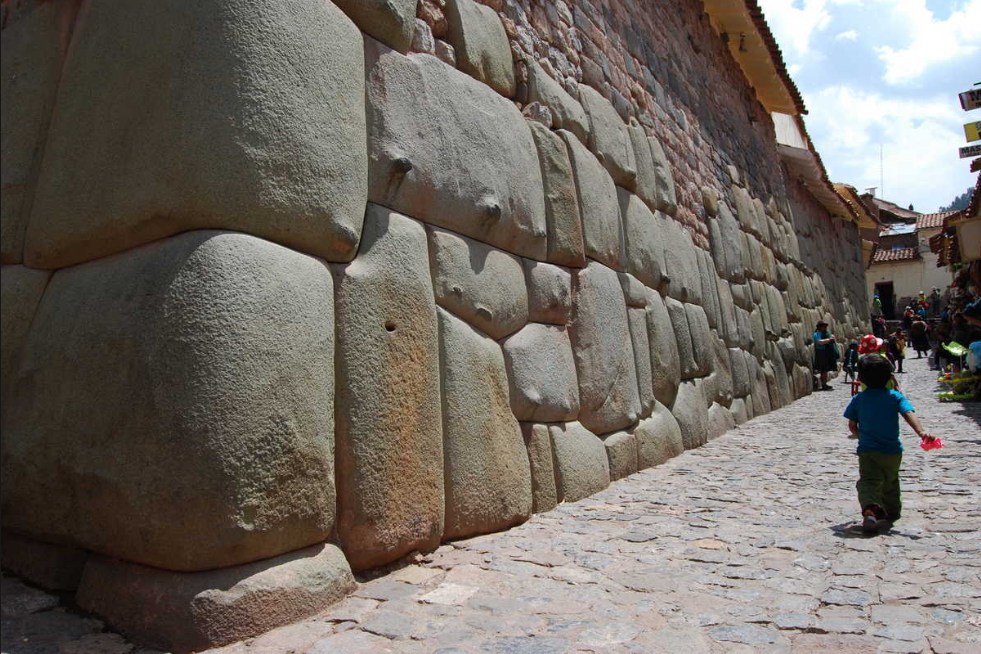
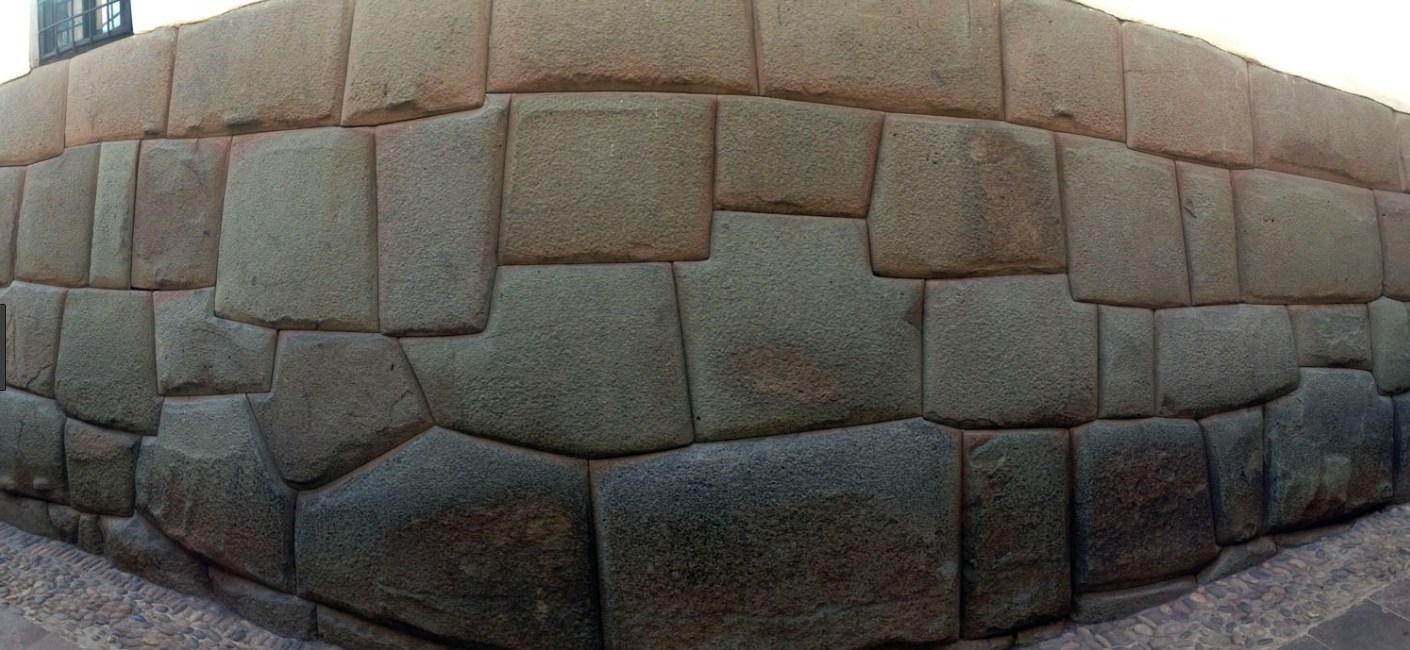
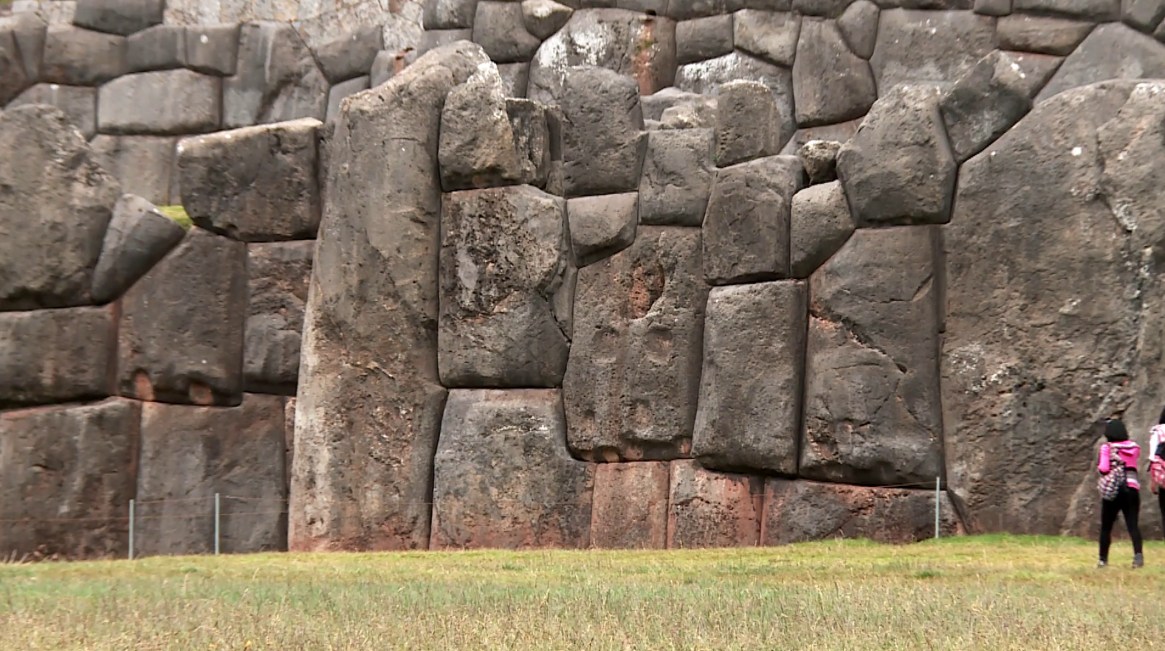
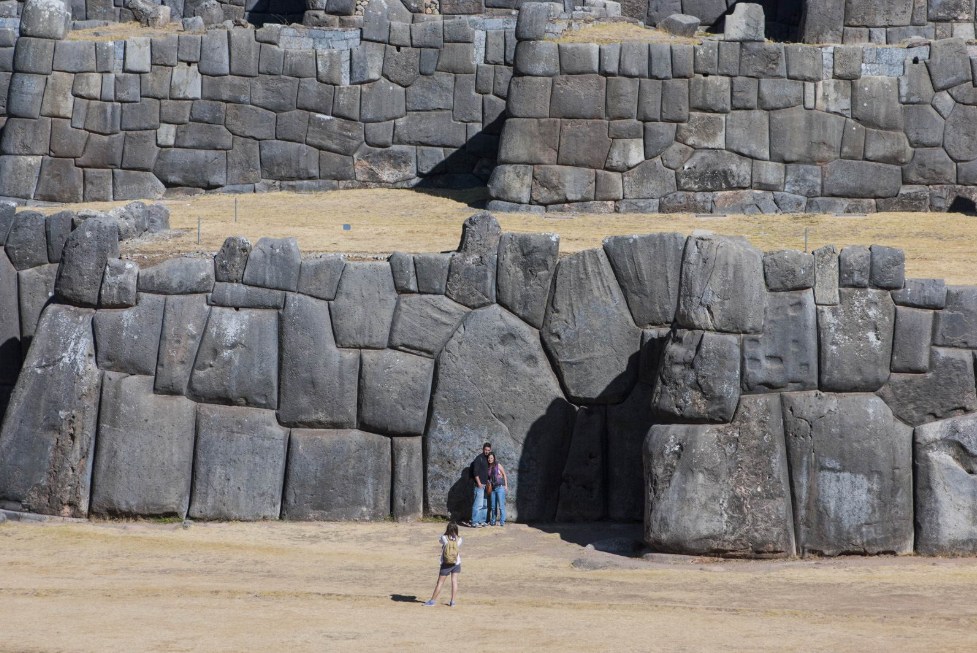
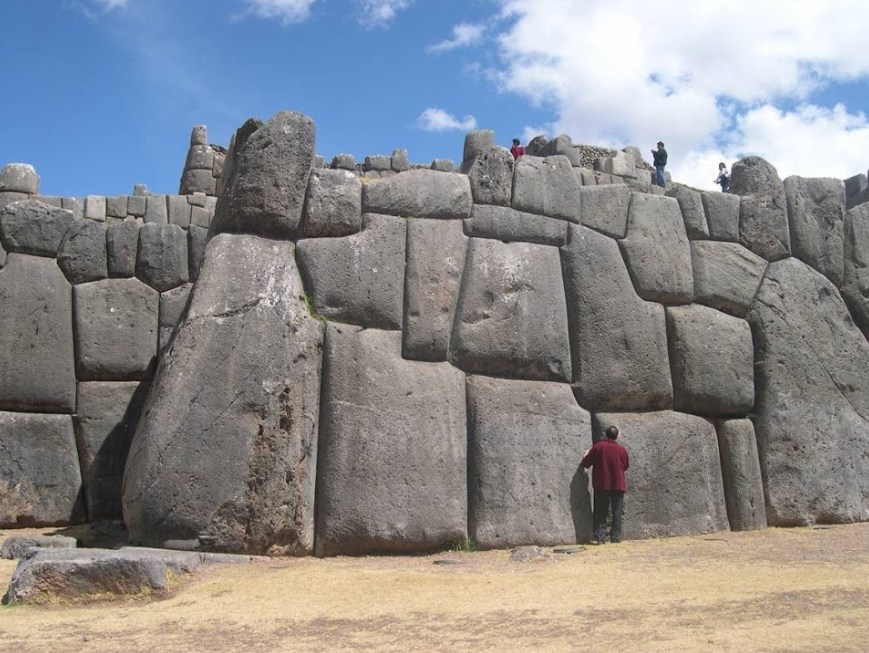
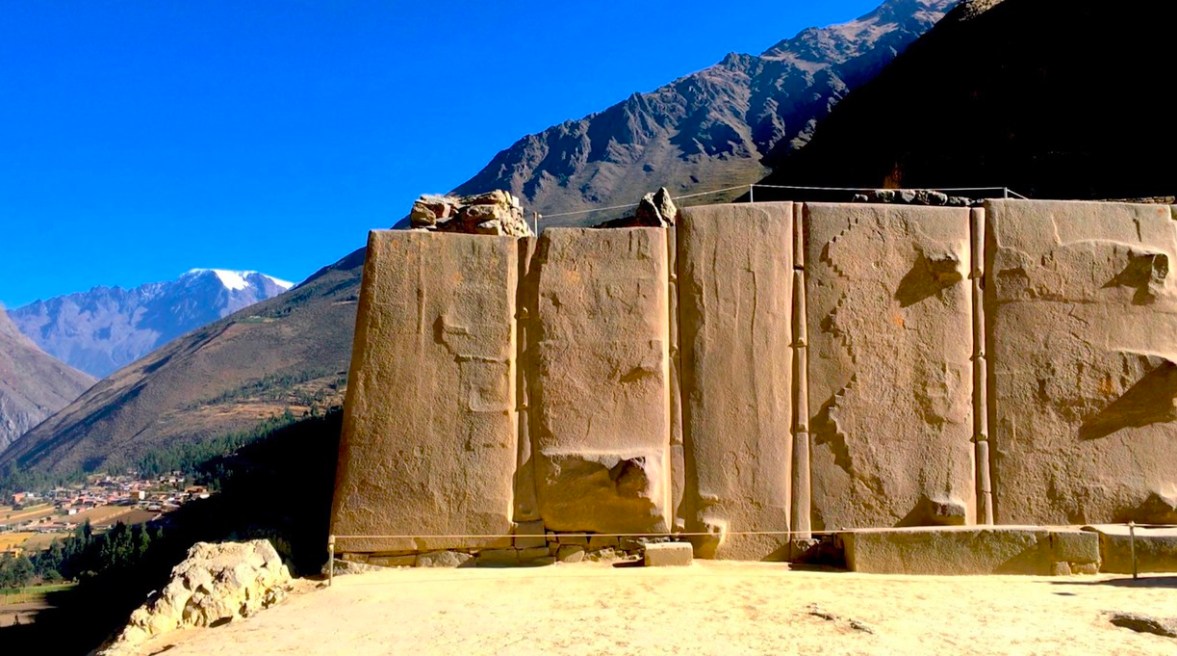
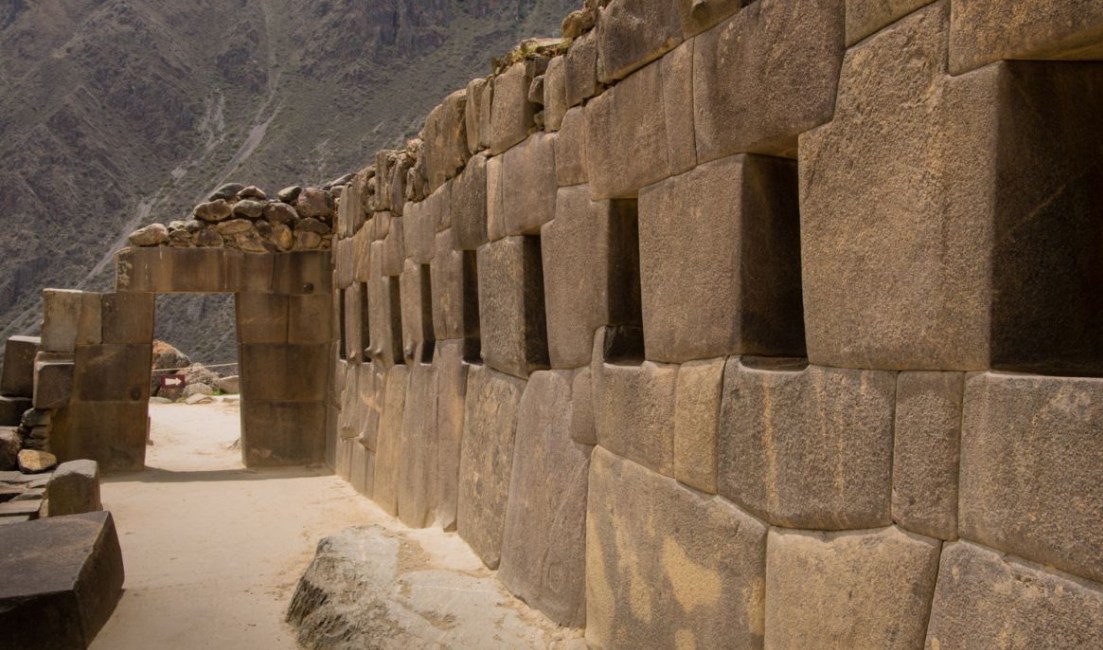
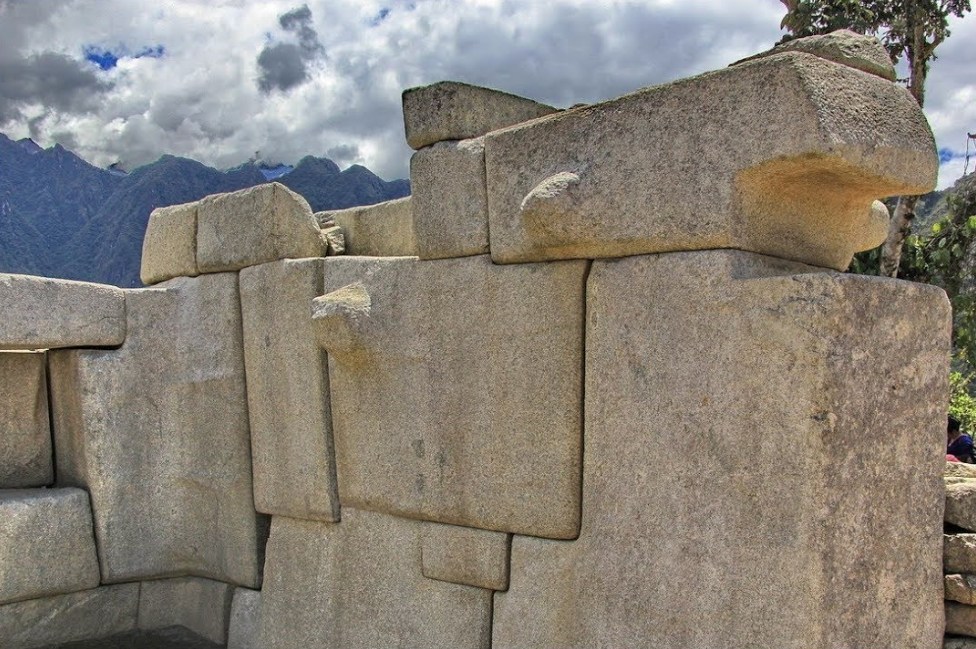
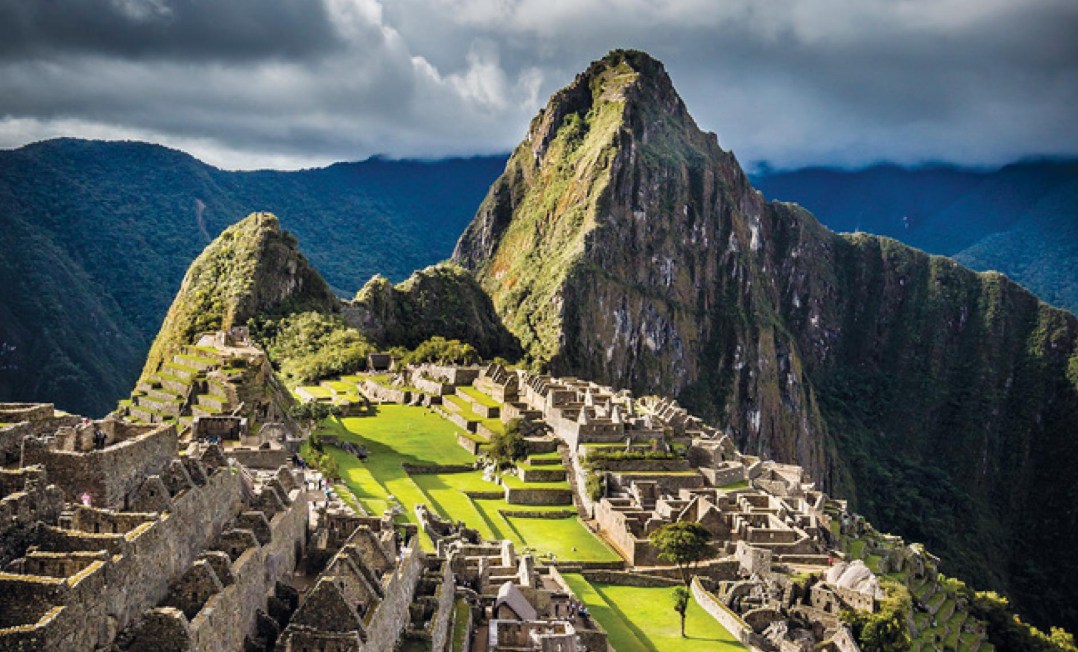
Some opinions are that the ancient people of Peru, Mexico and Bolivia were descended from the Nāgas, a reptilian race vanquished by the Nambūdiris in antiquity. This theory in part is due to the Nāgas being a branch of the Dānavas and being advanced in various hitherto unknown technologies. Also, the discovery of hundreds of elongated skulls in the area around Paracus, has fueled this theory. Indeed, this is another mystery yet to be solved.
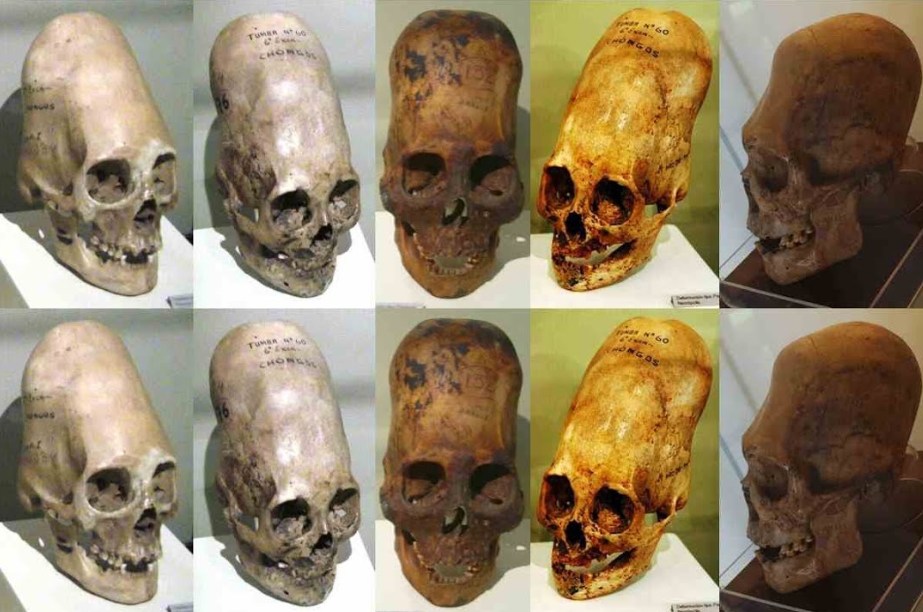
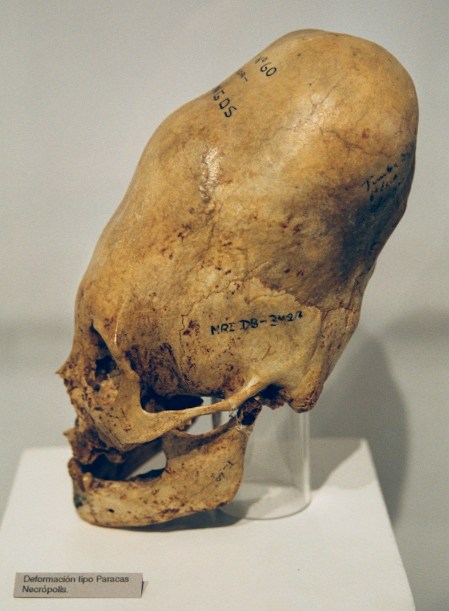
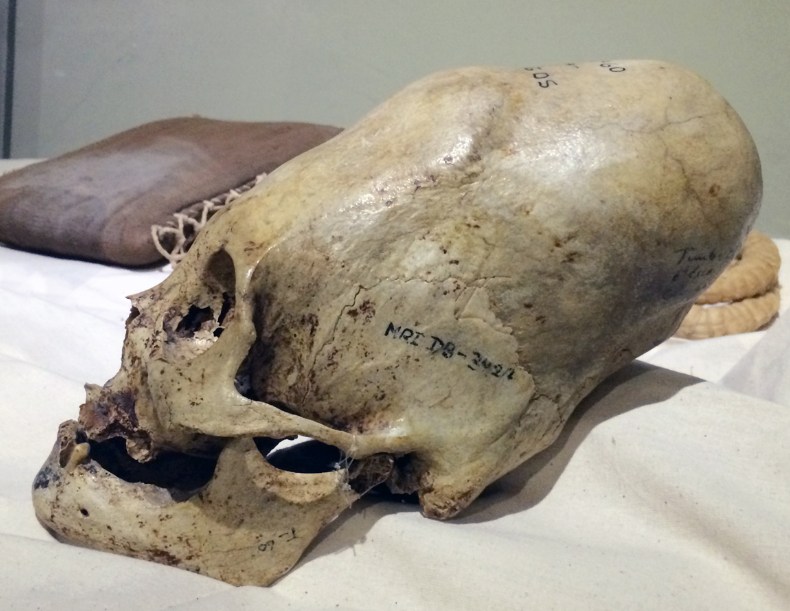
Additional indications of Nāga culture in Mesoamerica is the obsession of the Mayan, Incas and Aztecs with the worship of snake-gods. The feathered snake-god Quetzalcoatl/Kukulcan was popular both in Aztec and Mayan temples, and many snake motifs have been found throughout the Incan empire. The Inca creator-god Viracocha brings to mind the great and powerful asura king, Virocana. Coincidence? Possibly, or possibly not.
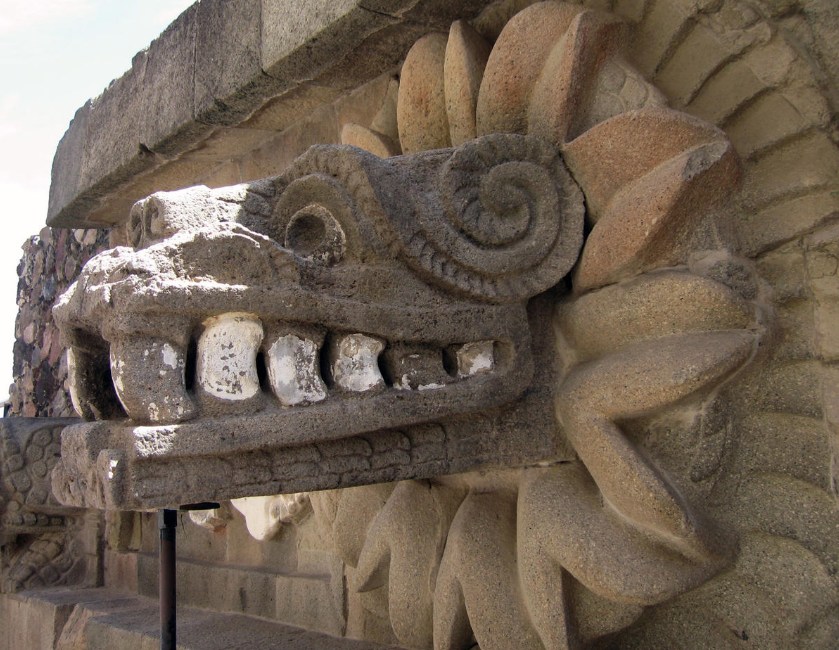
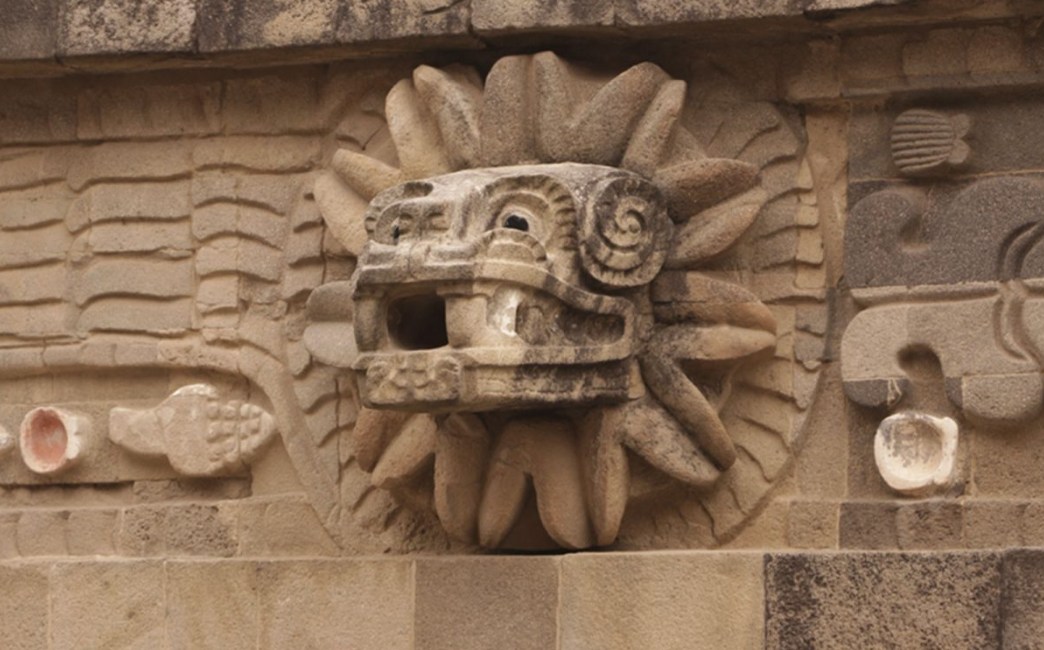
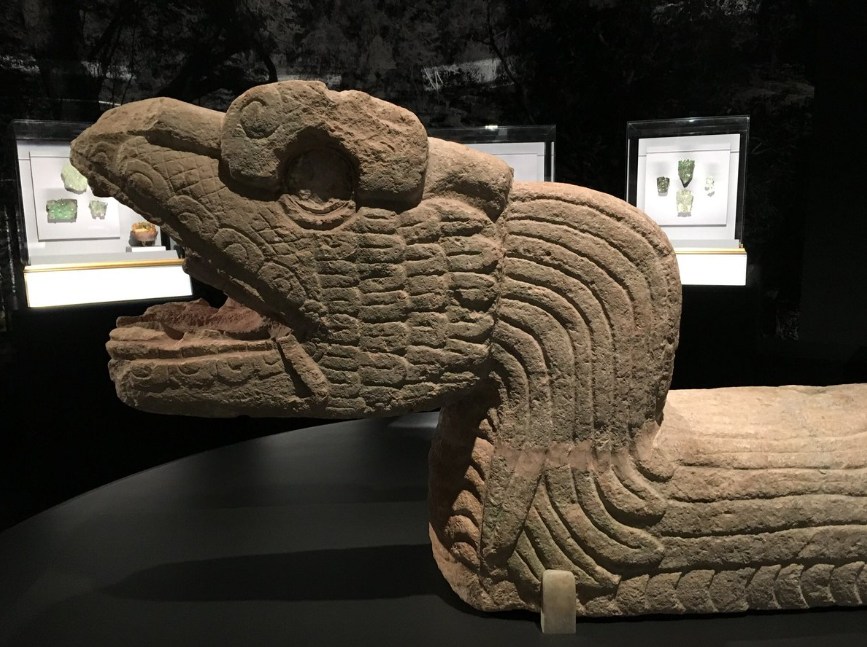
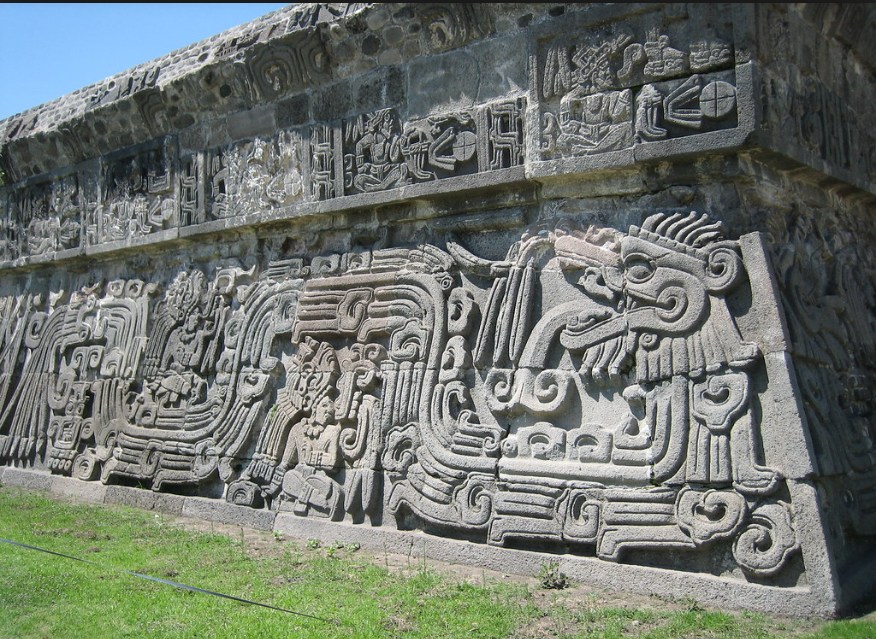
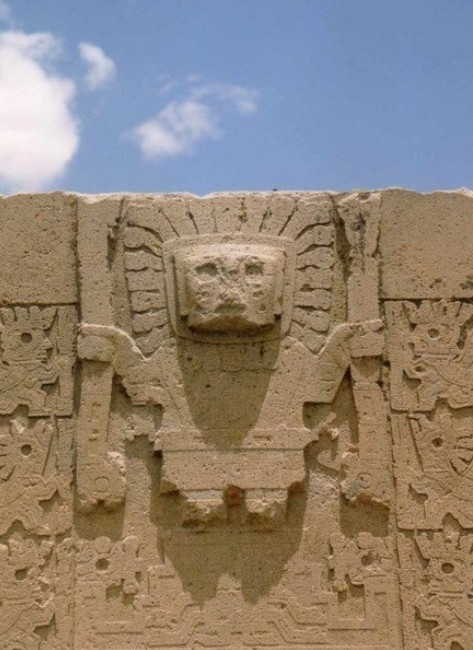
The techniques of design, drilling, cutting, joining procedures and astronomical alignments found at megalithic sites around the world are undeniable evidence of an advanced shared technology. It is highly unlikely (if not impossible) that these peoples, separated from each other by great distances would have (at relatively the same time period) developed the same advanced technology required for these megalithic constructions. Therefore, it is our conclusion that in ancient times there was indeed a shared culture and technology/knowledge that originated as part of Vedic culture and later spread across our planet.
